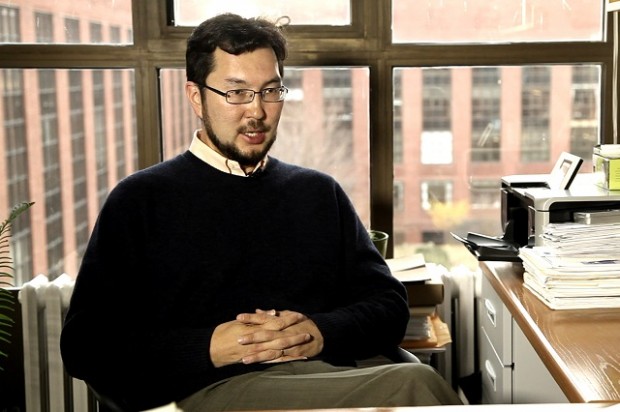Mutation, Selection and Genetic Drift
Biologist Shamil Sunyaev on the sources of genetic variance, reconstructing population history, and disease risk
videos | June 23, 2014
What do we know about the origins of genome variation today? How can the mutation rate in human genome be calculated? Associate Professor of Medicine at Harvard Medical School Shamil Sunyaev clarifies what is known and what is unknown in the field of genetic variability.
Scientists in the community feel today that forces of mutation, natural selection and drift are primarily responsible for maintaining variation in the DNA sequence. What do we know about mutations? Mutations arise as errors in DNA. They can arise from different biological processes, from replication infidelity. So when replication copies DNA, this copying process may not be exactly correct and some errors may be introduced on the go. Another source of mutation is DNA damage. For example, in an experimental system ultraviolet light can provide a damaging agent or some oxidative species, this would create lesions in DNA and these lesions would be repaired, because the cell actually cares about the DNA sequence and there are multiple repair machineries which search for lesions and try to correct them and repair DNA.

Primarily, the role of natural selection is not fully clear. Multiple groups are searching for variants which are beneficial in certain environments and different human populations would increase the frequency of specific variants. Biology of the mutation rate and the process of spontaneous mutagenesis should be analyzed and discovered. One possibly the most important question is the relationship between genetic variation and phenotypic variation, variation in quantitative traits including, for example, height or blood pressure or variation in disease risk.
Moving to other forces acting on this variation being exerted by mutations, one of the forces is genetic drift which is random sampling of alleles in the population, and I don’t remember who originally came up with this quote, but “if the selection is the survival of the fittest, drift is the survival of the luckiest”, meaning that frequencies of variants change in a random fashion. And importantly, what can we learn from studying genetic drift is the history of the population, because if population is small at some point in time, the amount of drift is greater because random sampling has more variants, there are more random changes to frequencies of DNA variants in the population.


























